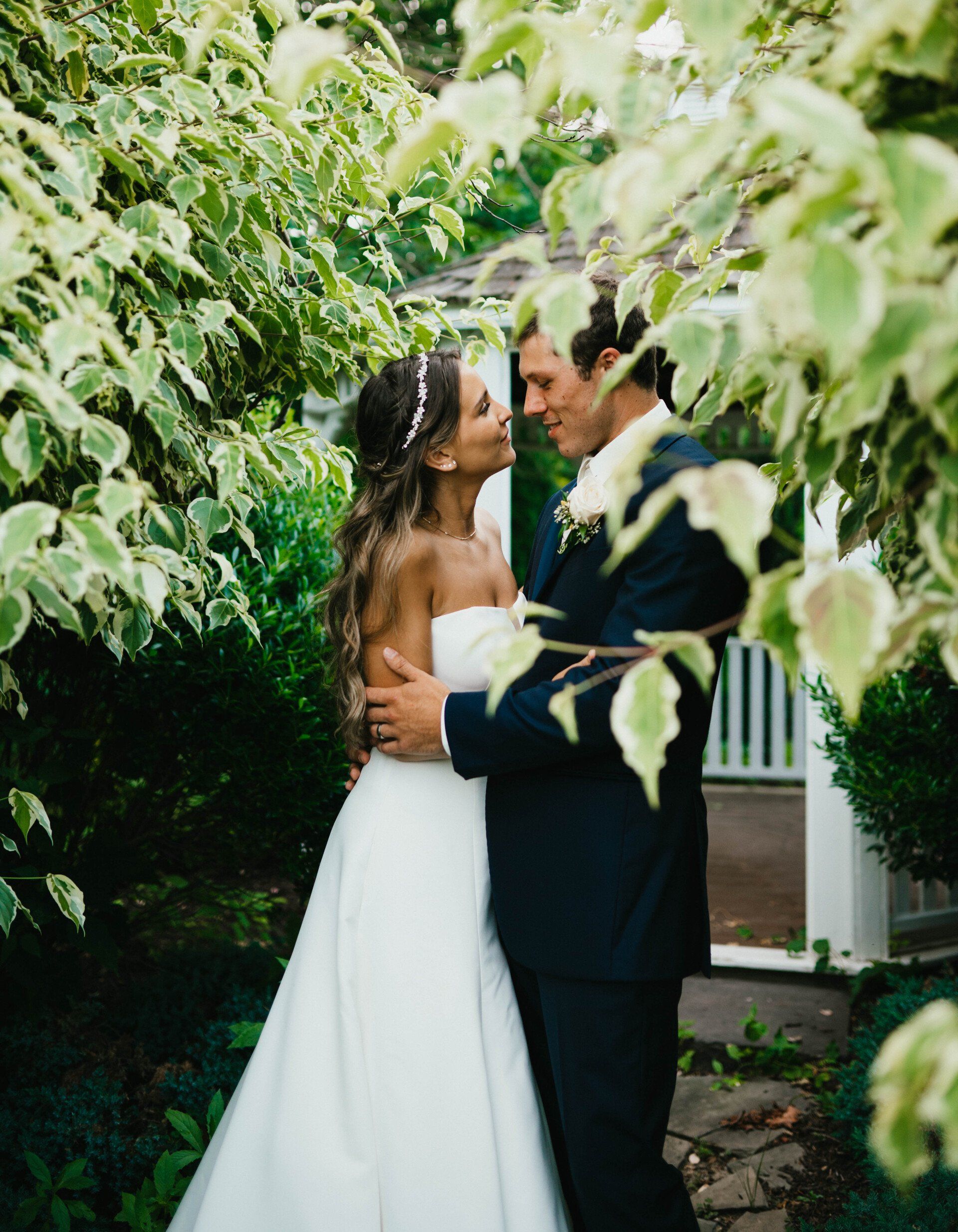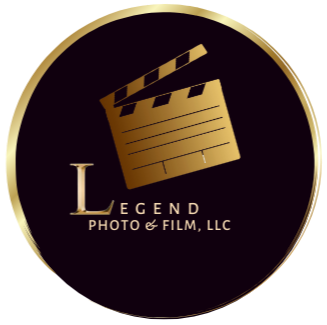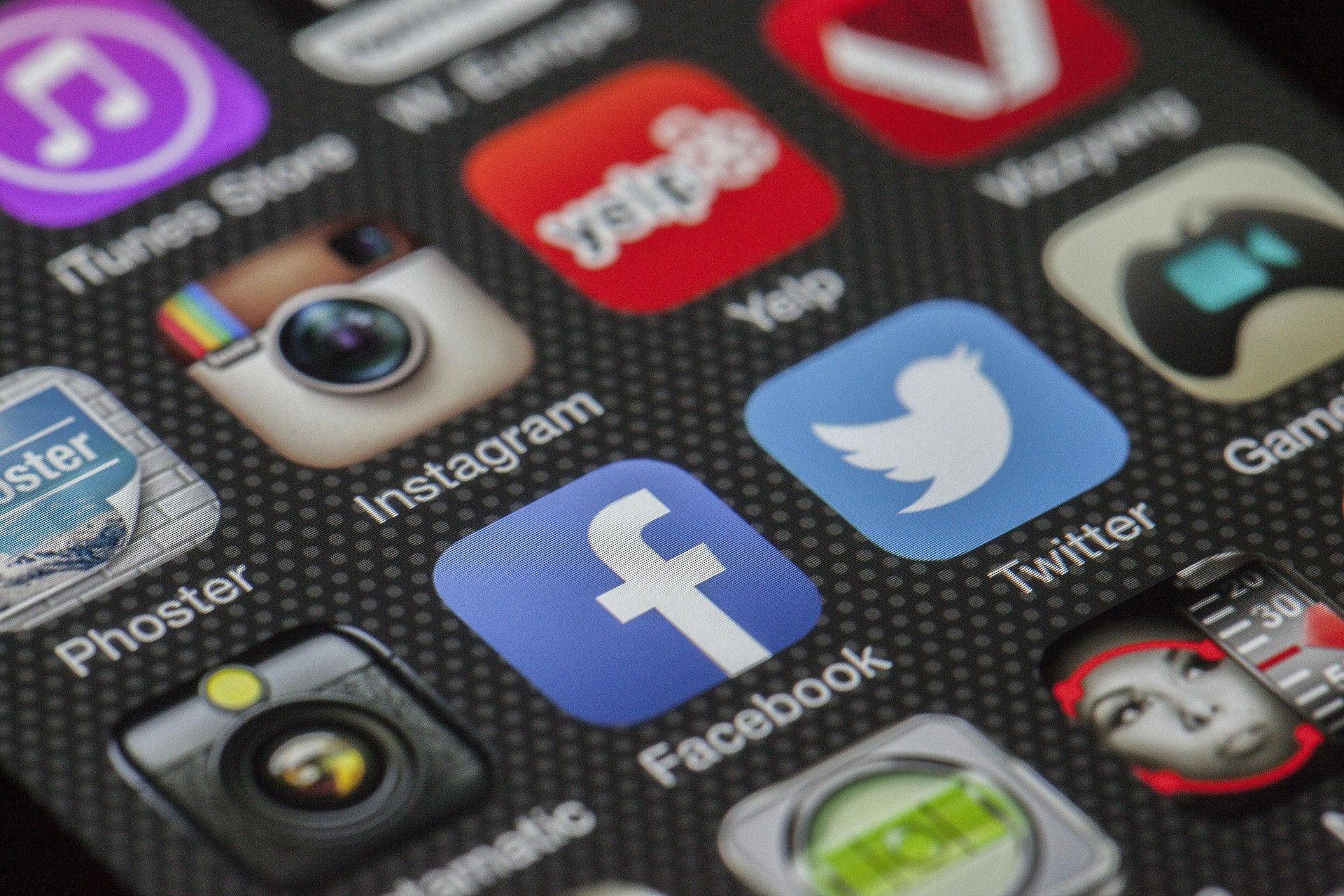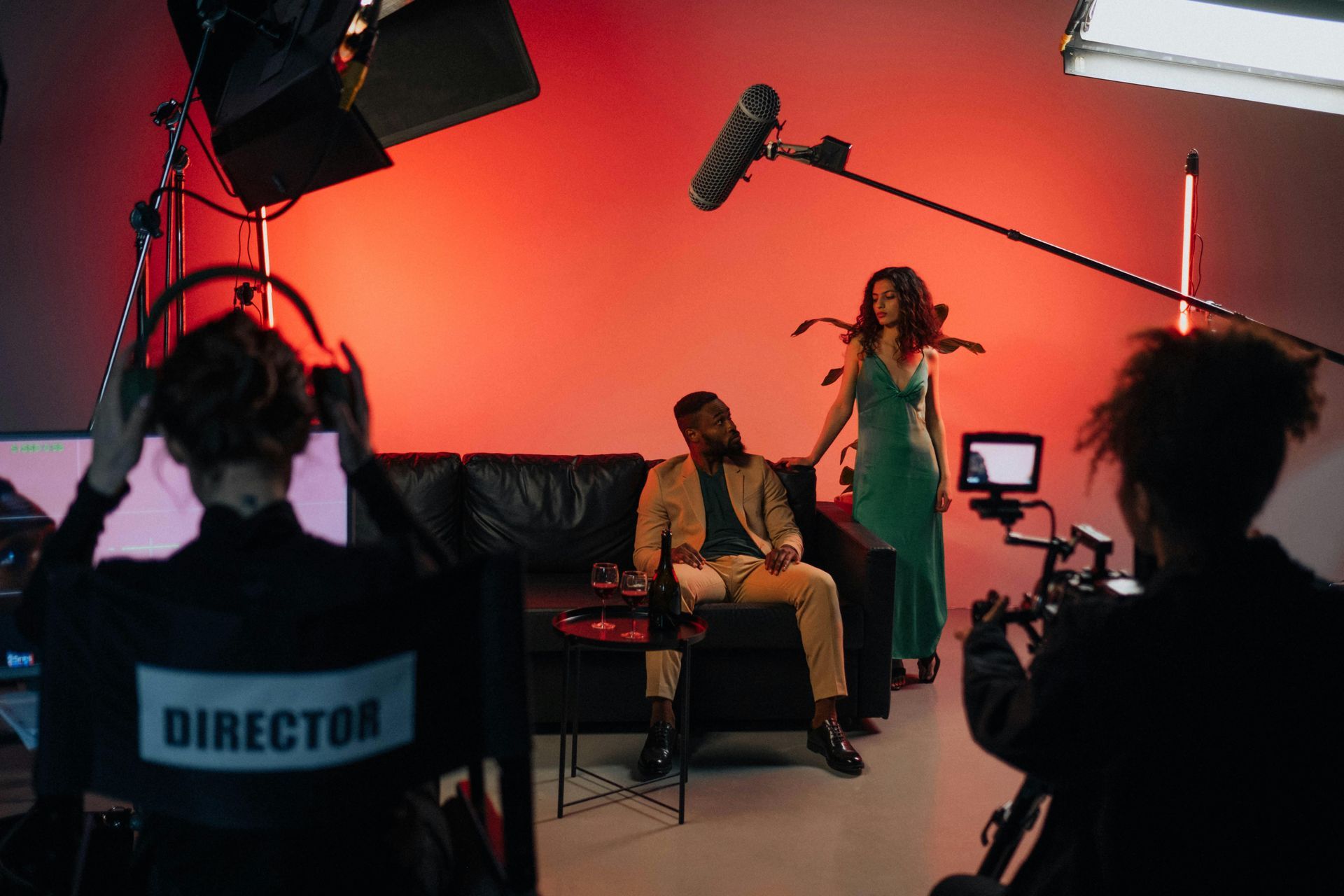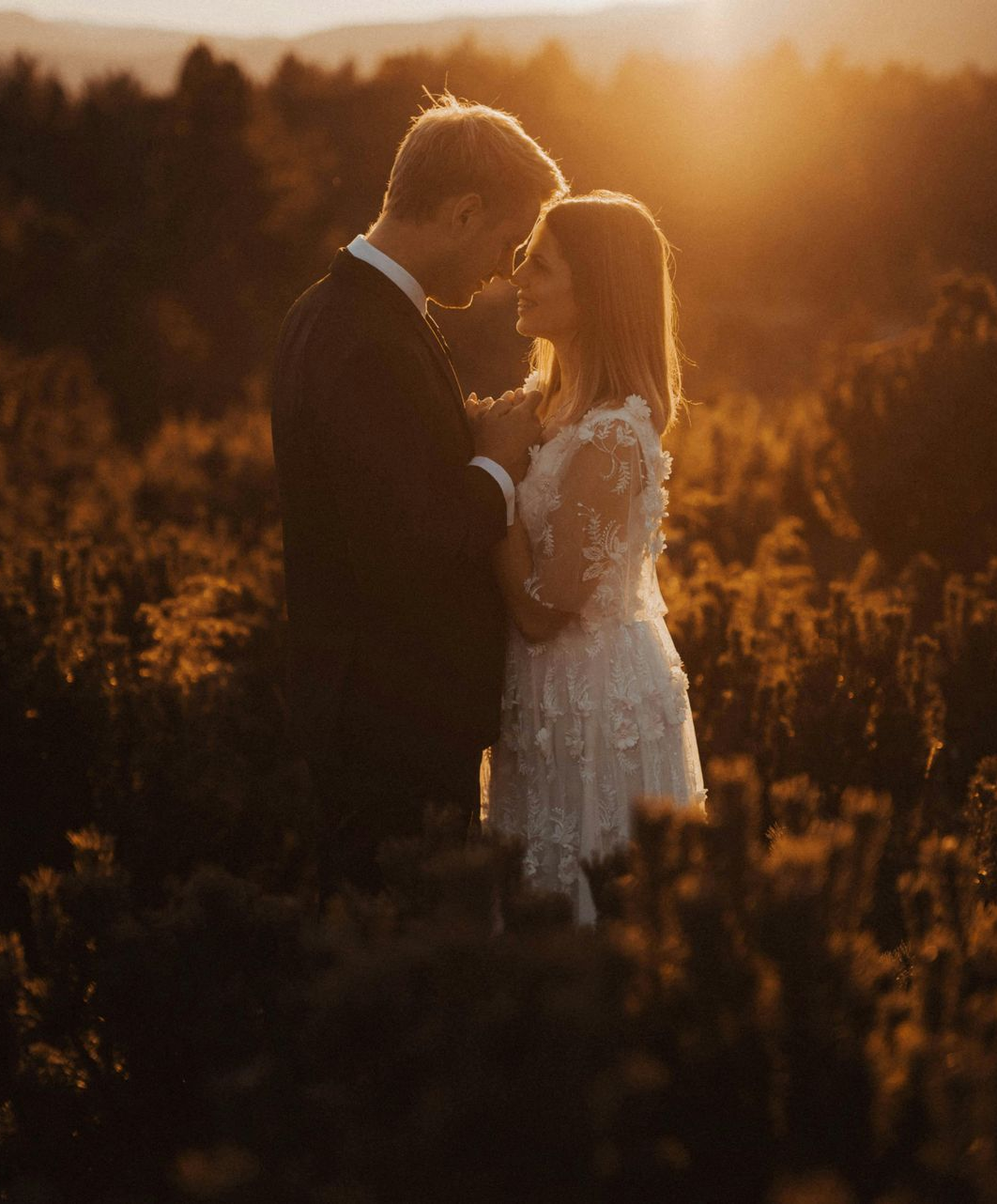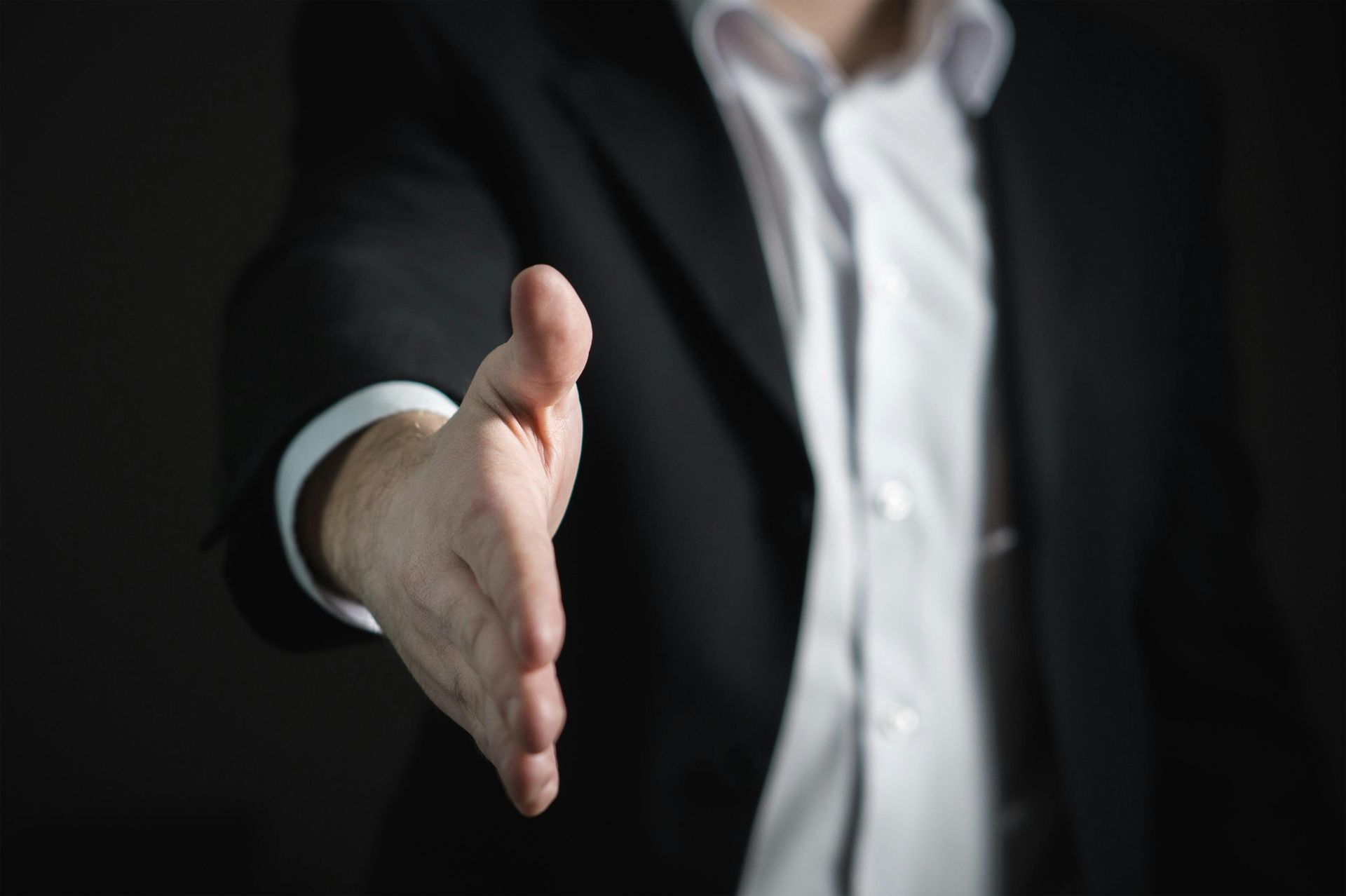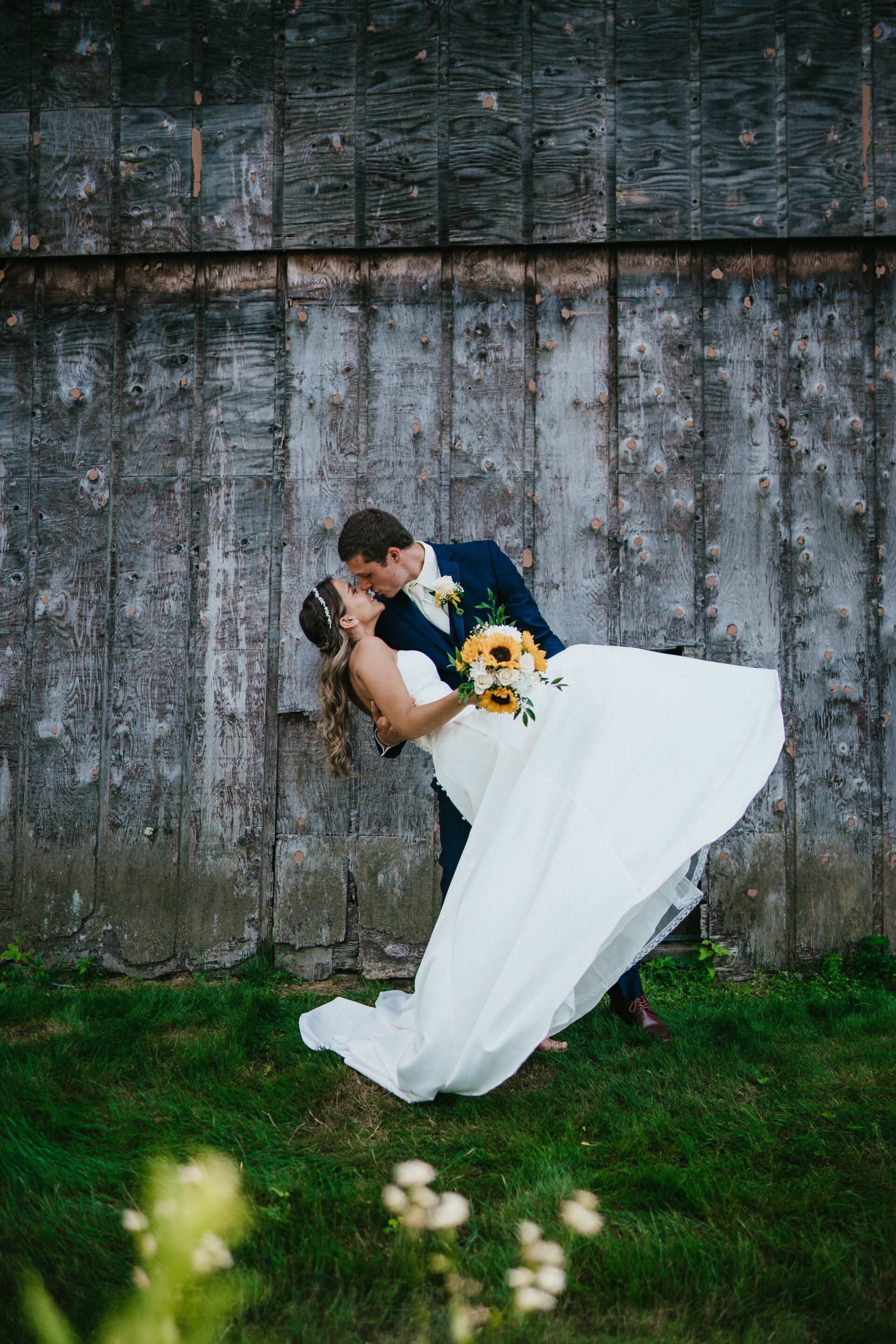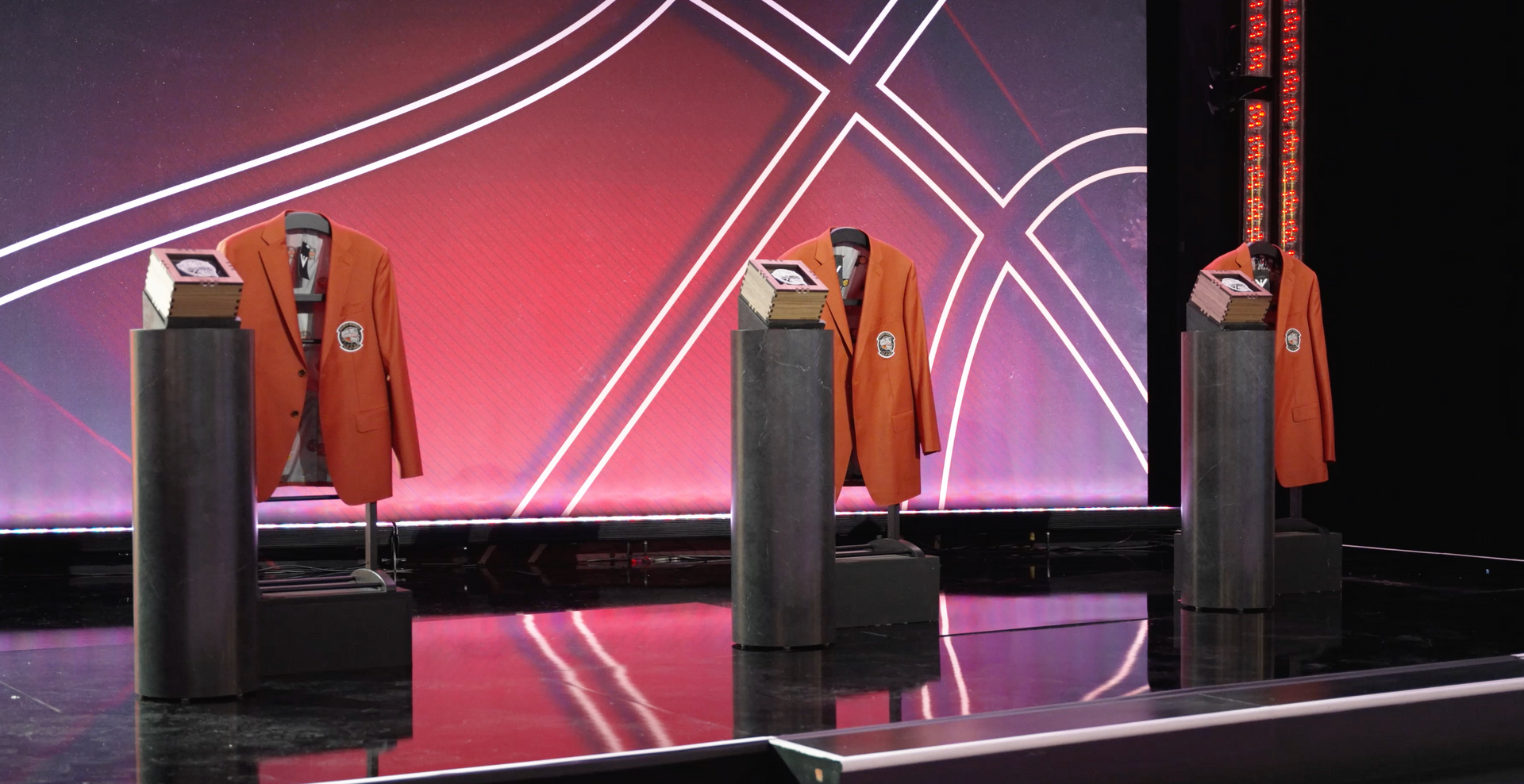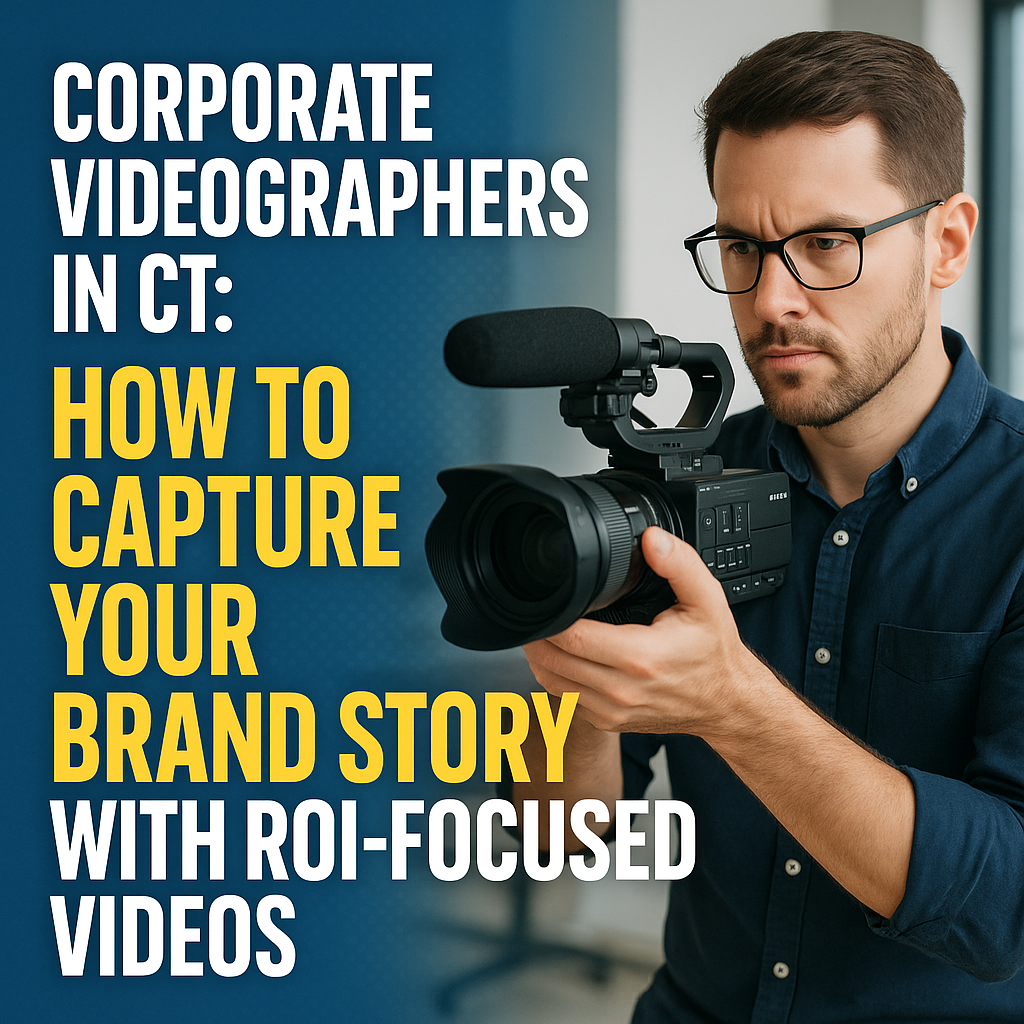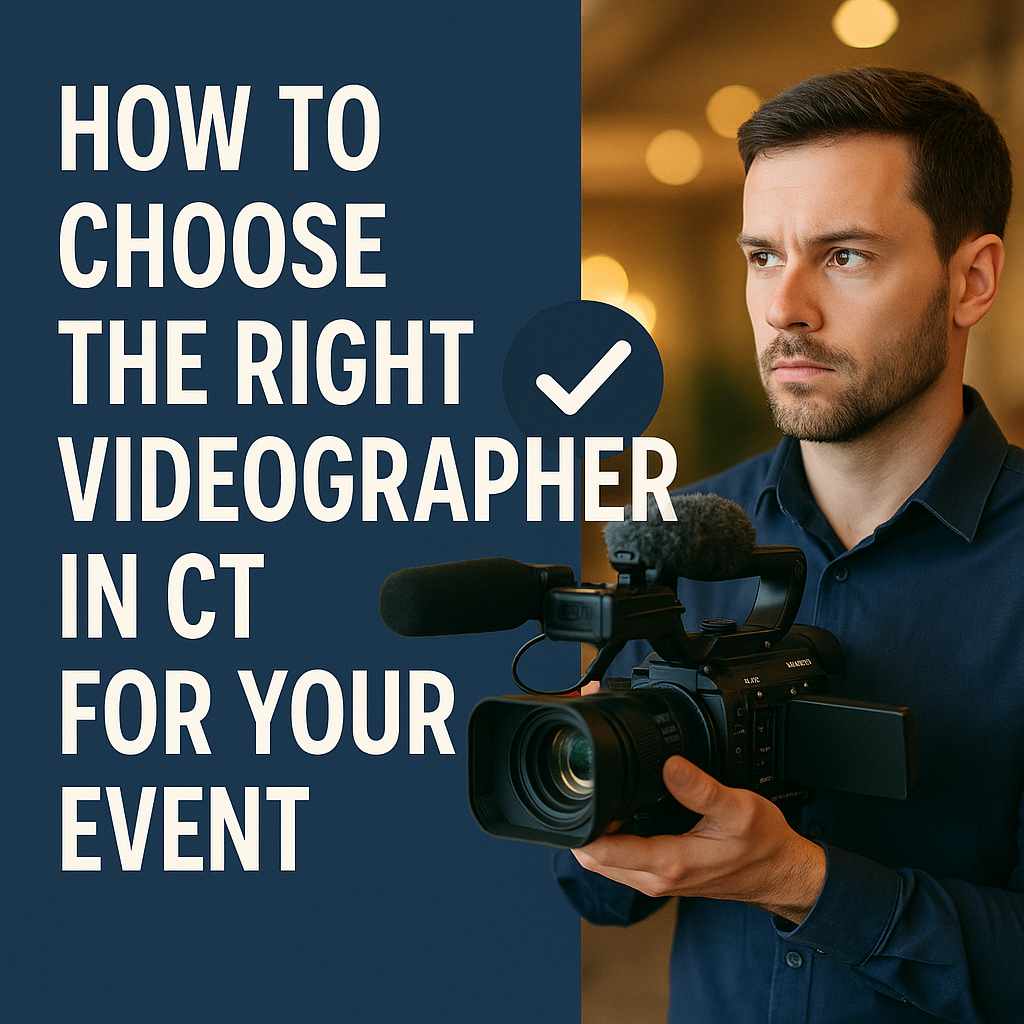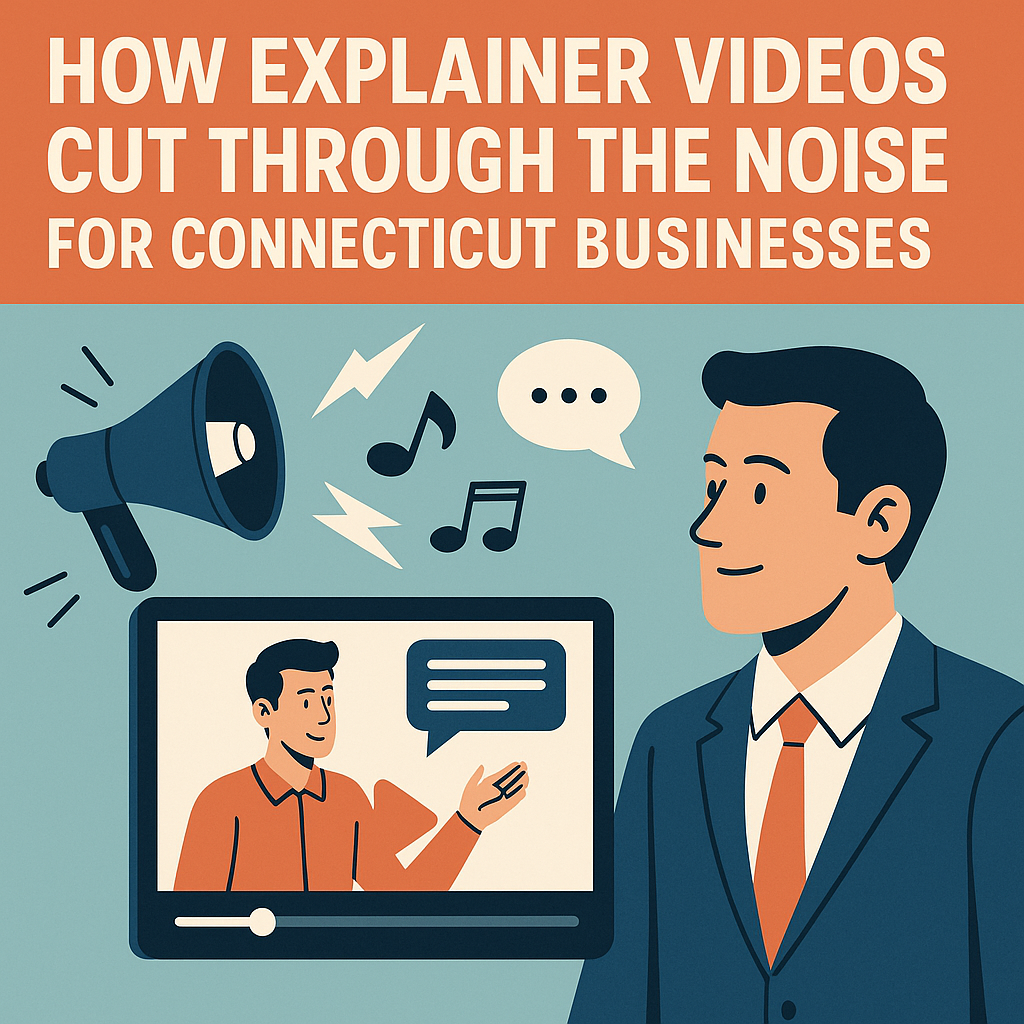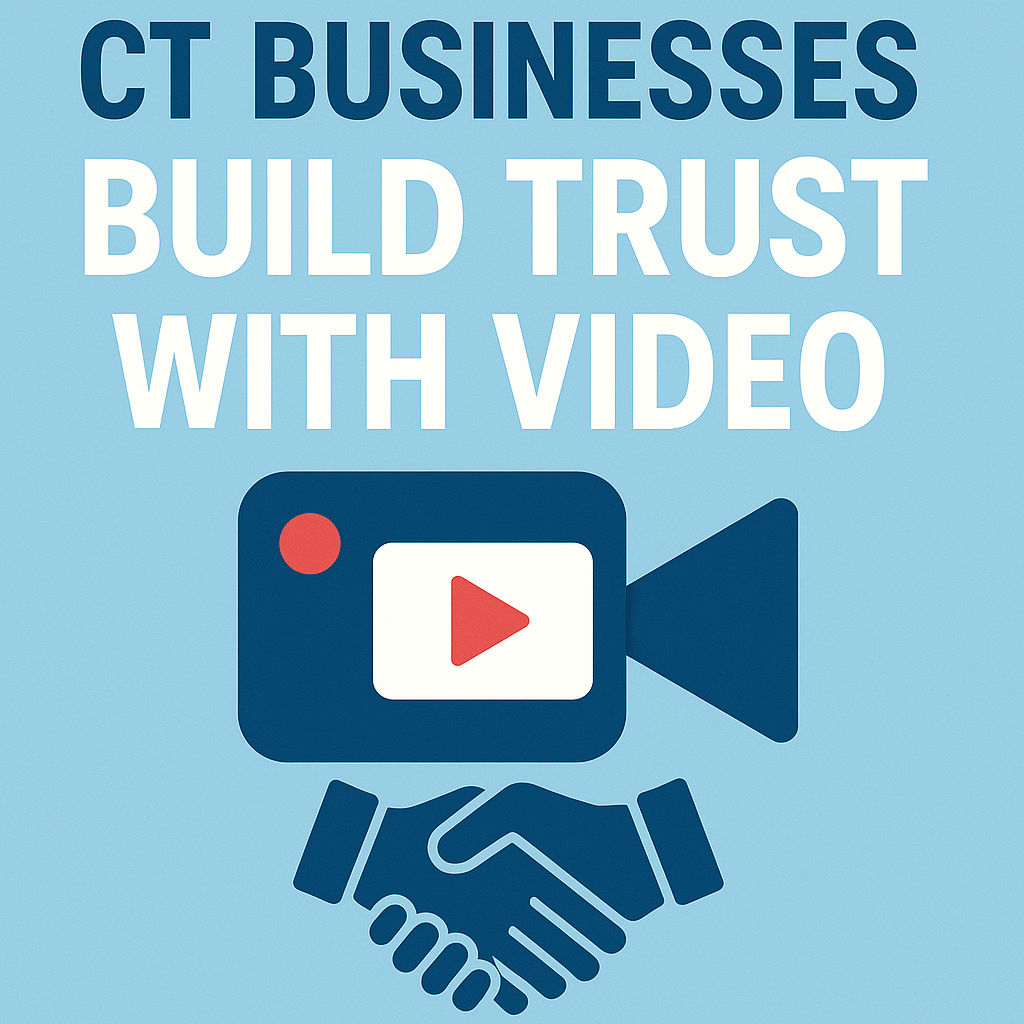How Do You Edit Wedding Videos to Make Them Cinematic?

From Raw Footage to Film Magic: The Art of Cinematic Wedding Editing
The vows, the music, the tears, the cheers—it all comes together on your wedding day. But what truly transforms those fleeting moments into an unforgettable film is what happens after the cameras stop rolling.
Cinematic wedding video editing is the process of crafting raw footage into an emotionally powerful story. It’s not just cutting clips and syncing audio—it’s an art form that combines visual pacing, audio layering, music selection, and color grading to create a wedding film that feels like a feature-length movie.
In this blog, we’ll walk you through exactly how professional editors create a cinematic wedding video, and what makes the post-production process so essential to delivering a film you’ll cherish forever.
1. Organizing and Reviewing the Footage
The first step is ingesting and organizing all of the video footage from the day. A wedding videographer may capture hundreds of gigabytes of content across:
- Multiple cameras
- Drone footage
- Audio recorders for vows, speeches, and ambient sound
- Behind-the-scenes candid moments
This is a crucial stage because it sets the foundation for a story-first approach. Every wedding is unique, and the editor must identify the most powerful, authentic moments to build the narrative arc.
🎥 Pro Tip: At Legend Photo & Film, we shoot with redundancy in mind—capturing each scene from multiple angles to give editors creative flexibility.
2. Syncing Audio & Video Sources
To make your wedding video feel immersive, editors carefully sync:
- Lavalier microphones worn by the couple or officiant
- Ambient audio from backup recorders or boom mics
- On-camera audio for syncing and backup
- Music tracks used to drive emotional rhythm
When timed perfectly, this combination makes the viewer feel like they’re right there in the moment. Proper audio syncing is especially critical for vows, speeches, and ceremony moments—some of the most emotionally charged parts of your wedding video.
💡 According to PremiumBeat, emotional audio is one of the top components that make a wedding video cinematic.
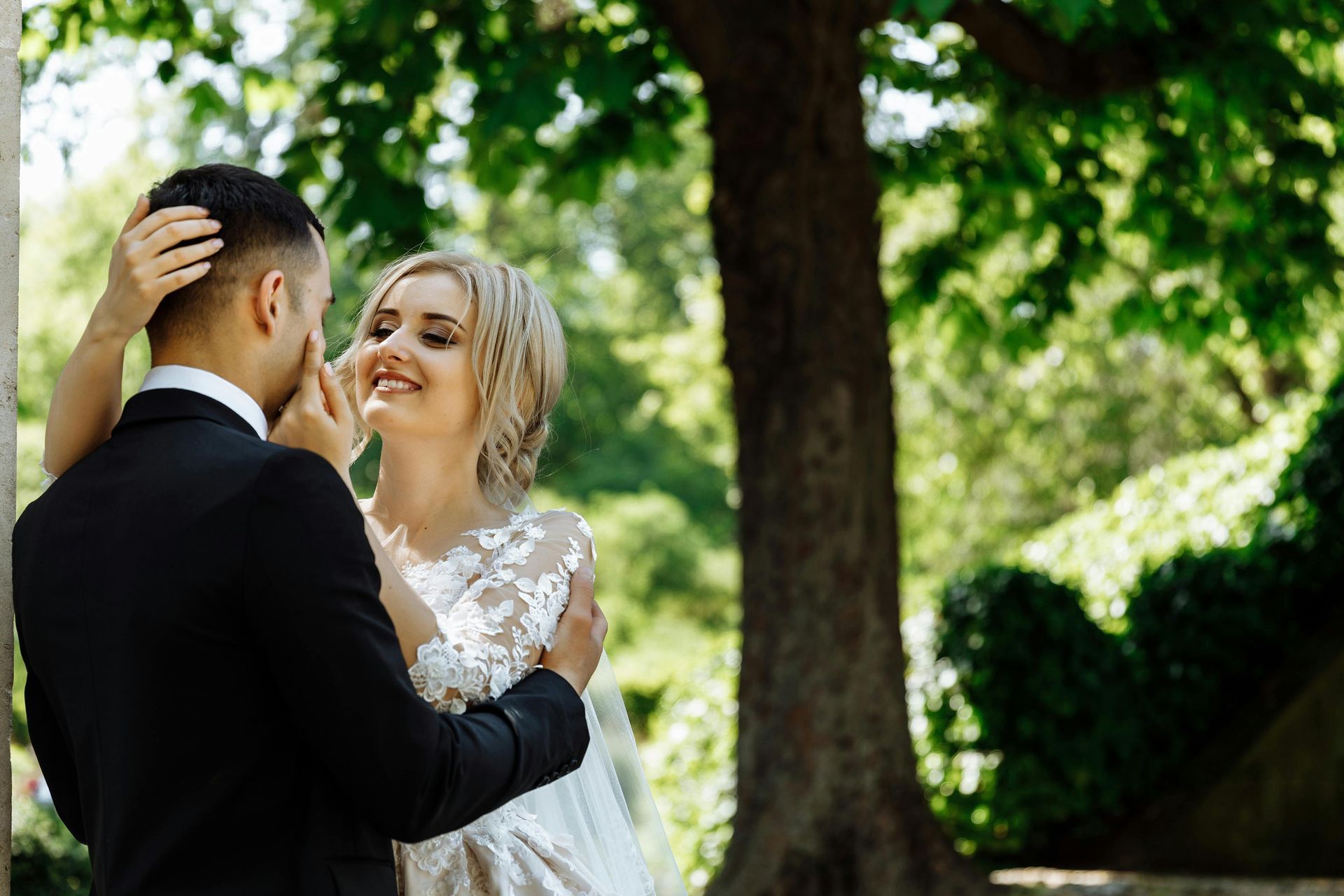
3. Building a Story Arc
Great wedding films aren’t just montages—they’re stories. Cinematic editing follows a storytelling structure that may include:
- Opening Scene – establishing shots, pre-wedding footage, setting the tone
- Build-Up – first look, getting ready, voiceovers, anticipation
- Climax – the ceremony, vows, kiss, ring exchange
- Resolution – reception, toasts, dances, candid laughs and tears
A great editor uses pacing, transitions, and emotional cues to guide the viewer through the day with intentional rhythm and flow.
📍 This is why choosing a Connecticut videographer with strong storytelling skills is so important—your venue, your energy, and your emotions should all be reflected in the edit.
4. Selecting the Right Music
Music is a critical emotional driver in any cinematic wedding video. Editors choose songs that match the couple’s style and the tone of the day—whether romantic, joyful, dramatic, or upbeat.
Music selection involves:
- Matching the tempo to the scene's pacing
- Using licensed, royalty-free music (to avoid copyright issues on YouTube, Instagram, etc.)
- Syncing beats and transitions to key video moments
- Layering subtle background music during spoken audio scenes
🎶 Tools like Musicbed or Artlist provide high-quality, cinematic music for wedding films.
5. Cinematic Color Grading
To give your video a film-like feel, editors use color grading to enhance mood and visual consistency. Think of it like photo editing—except for moving images.
Popular cinematic tones include:
- Warm tones for romantic, golden-hour vibes
- Moody blues and greens for elegant, editorial-style weddings
- Black & white sequences to add dramatic flair
- Color grading also ensures that every shot looks polished and cohesive, regardless of lighting changes throughout the day.
6. Using Cinematic Transitions and Effects
Instead of basic cuts, editors use cinematic transitions to blend scenes smoothly. These might include:
- Slow fades
- Light flares
- Whip pans
- Speed ramps
- Match cuts (where two similar scenes transition creatively)
When done right, these techniques enhance the emotional flow of the story without feeling overdone or distracting.
🎥 And when paired with drone footage (which many Connecticut venues allow), these edits can deliver a sweeping, professional look.
7. Adding Text, Titles, and Graphics
Minimal, elegant text overlays are often used to introduce key moments, such as:
- Names of the couple
- Wedding date
- Locations (venue, city)
- Quotes or vows for added impact
Subtle animations or calligraphic fonts can reflect your wedding’s branding and aesthetic, while remaining timeless.
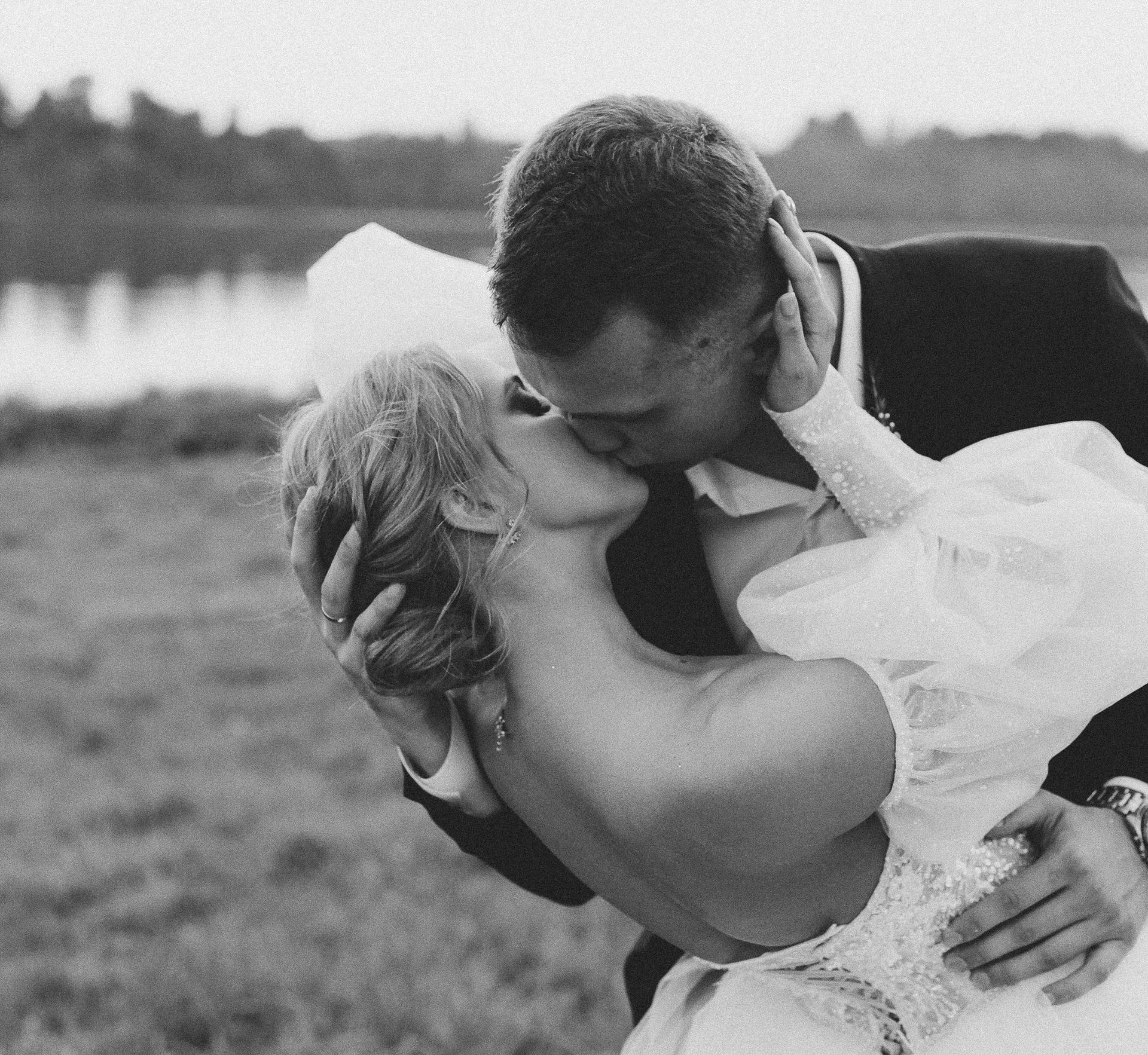

8. Delivering the Final Video(s)
A cinematic wedding video edit may include:
- A highlight film (3–7 minutes)
- A documentary-style film (30+ minutes, including full ceremony and speeches)
- A teaser or vertical cut for social media
- A USB, cloud download, or Vimeo link for easy sharing
💍 Pro Connecticut videographers often offer custom packages that include all of the above—giving couples flexibility in how they relive and share their wedding day.
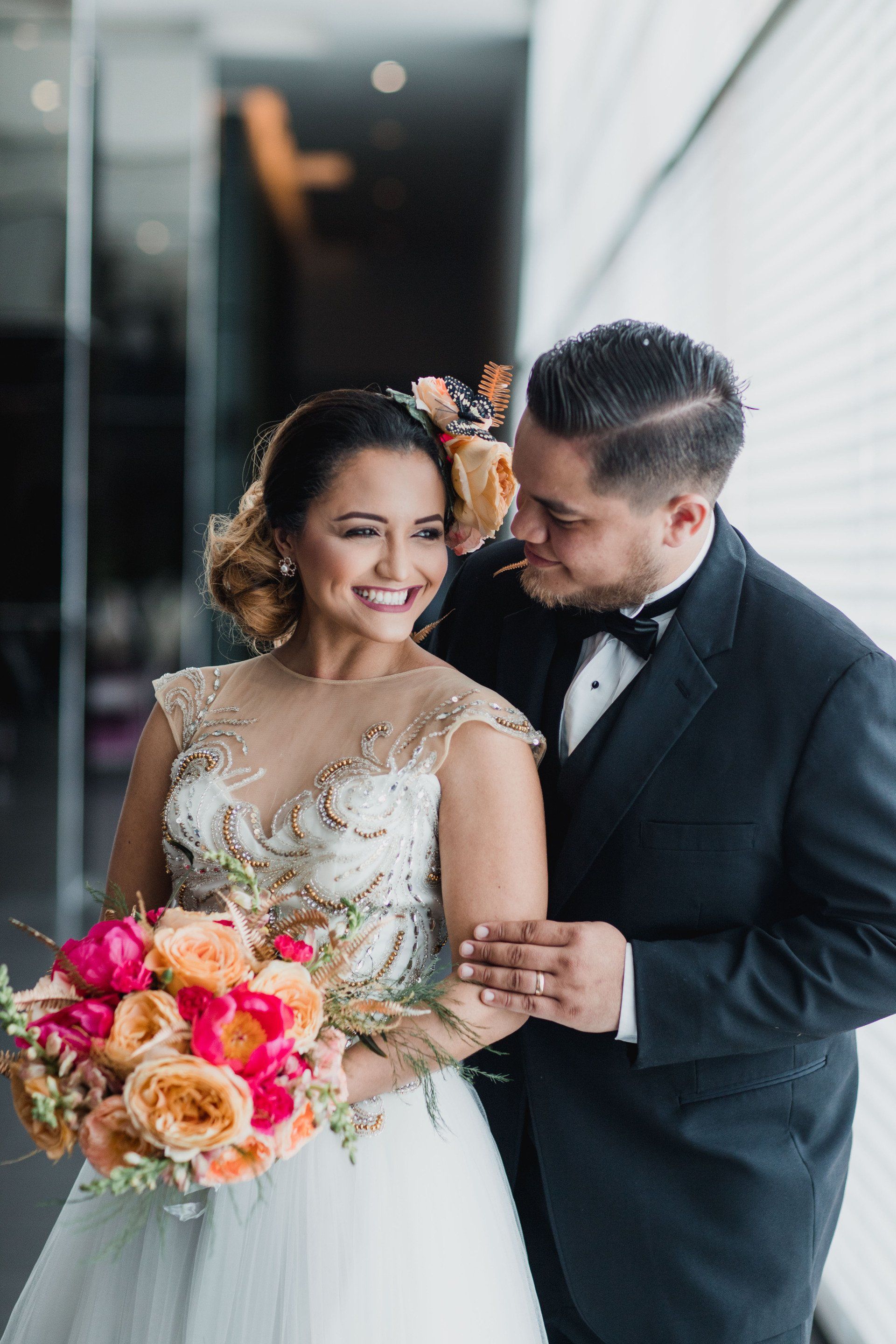
Final Thoughts: The Edit Is Where the Magic Happens
Your wedding only lasts one day, but a cinematic video turns those hours into a timeless film. Through expert editing, emotional audio, powerful music, and thoughtful pacing, a great editor brings your story to life in a way that photos simply can’t.
🎬 At Legend Photo & Film, we specialize in cinematic wedding video editing for Connecticut and New England couples. From mountaintop vows to waterfront kisses, we know how to make every detail shine on screen.
👉 Contact us today to learn more about our editing process and wedding video packages.
